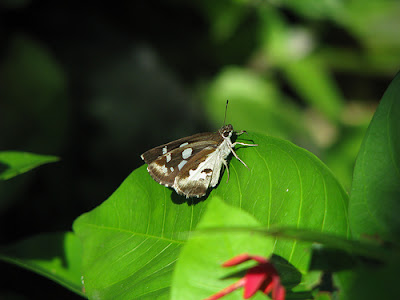A new site called
RSSHugger is providing multiple services that can assist you to increase your blog traffics as well as maximizing your blog visibility. The mentioned services are such as:
* Top 100 traffic ranking for heavily visited blog. This is similar to www.45n5.com/Top100
* Sending or receiving traffic to and from RSSHugger may improve your ranking with RSSHugger. This is similar to backlink or linkback sites.
* RSS Subscription from RSSHugger may increase your blog readership. This is similar to
FeedBurner.com* Owning a blog page with RSSHugger. This is similar to a member profile page found in
MyBlogLog or
BlogCatalog.
By becoming a member of RSSHugger, you may accomplished the following benefits:
Raise awareness of your blog Send tons of visitors to your blog from RSSHugger
Share traffic with the RSSHugger community Be part of a viral/buzz marketing campaign Build deep-links for your blog posts to help with search engine optimization Get new interested RSS subscribers who view your content on a regular basis.How to join RSSHuggerIf you want to join for free, write an unpaid review on RSSHugger (like this post) or you can paid them $20.00 to get listed in their directory or services.
What is RSS?RSS (Rich Site Summary) is a format for delivering regularly changing web content. Many news-related sites, weblogs and other online publishers syndicate their content as an RSS Feed to whoever wants it. RSS solves a problem for people who regularly use the web. It allows you to easily stay informed by retrieving the latest content from the sites you are interested in. You save time by not needing to visit each site individually. You ensure your privacy, by not needing to join each site's email newsletter. The number of sites offering RSS feeds is growing rapidly and includes big names like Yahoo News.





























